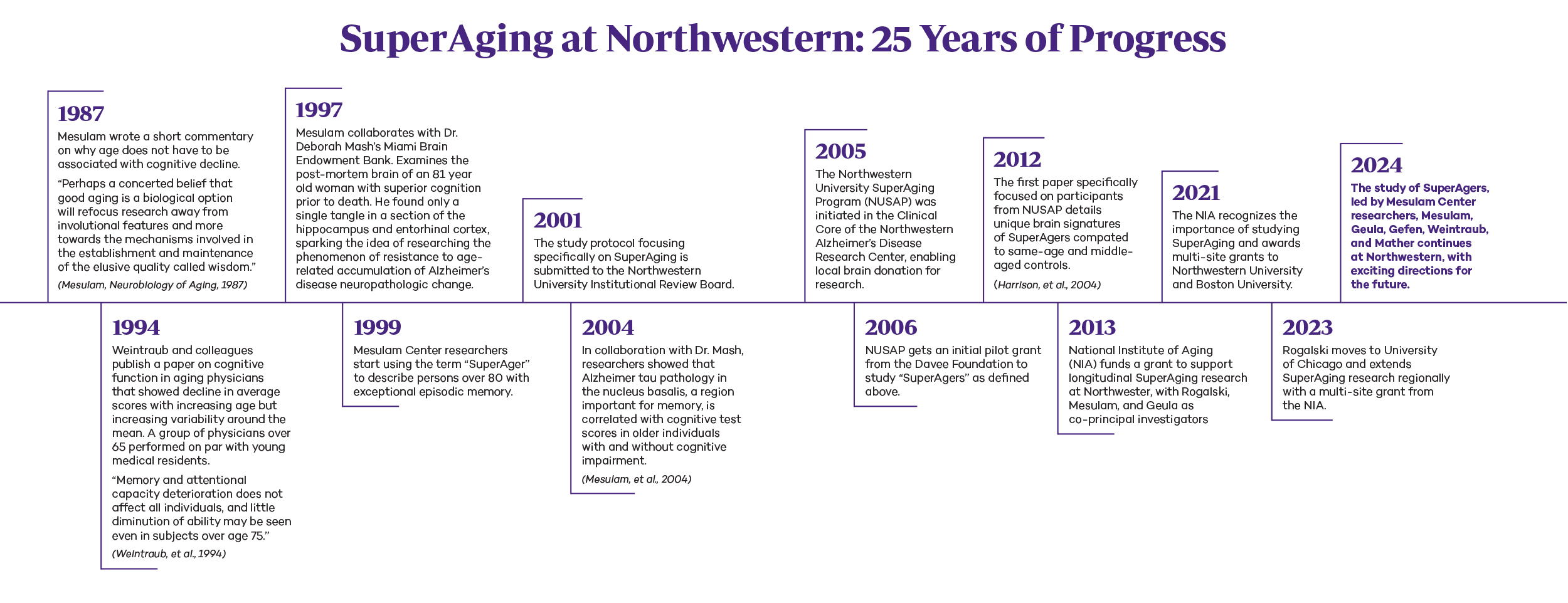Physically 80, but Mentally 50: Celebrating 25 Years of SuperAging at Northwestern
By: Ananya Chandhok
Photography: Teresa Crawford
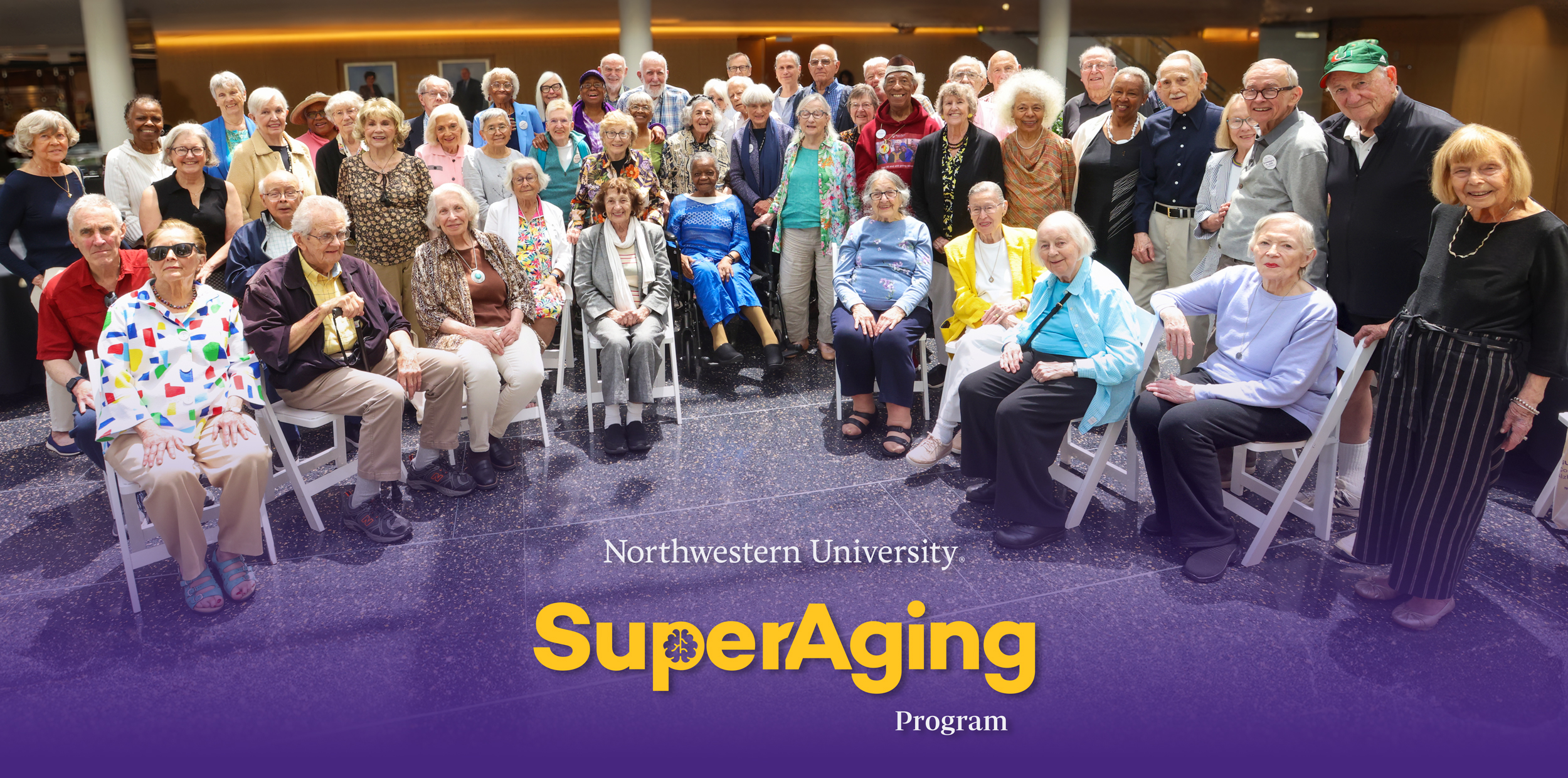
Sandra Weintraub, PhD, wanted to understand the aging brain after she saw how thinking abilities and memory change in people as young as 40-years-old, when cognitive test scores first show a downward trend in aging studies.
Initially, she wondered how people like Pablo Casals and Anna Freud, who were “vibrant and cognitively intact” in their old age, deviated from the norm.
Weintraub, professor in the Department of Psychiatry and Behavioral Sciences at the Northwestern Mesulam Center, soon realized that maybe extreme memory loss wasn’t all there was to aging.
“Noticing that not everyone loses [their cognitive abilities] when they get older, I wanted to try to understand what makes a difference,” Weintraub said.
Wonder turned into a reality when Weintraub and Marsel Mesulam, MD, Founding Director Emeritus of the Mesulam Center, found more people well into their 80s functioning mentally at 60-years-old, if not younger.
They found SuperAgers, adults over 80-years-old who have the memory capacity of individuals 20 to 30 years younger, according to the Northwestern University SuperAging Program (NUSAP).
Weintraub and Mesulam began NUSAP, hoping to learn more about this deviation from cognitive aging.
25 years later, the program led to similar studies springing up across the nation — all of whom want to understand this rare kind of mental aging.
SuperAger researchers spoke to the Mesulam Center and highlighted the strides made in the field, while looking forward to increasing recruitment and celebrating their current participants.
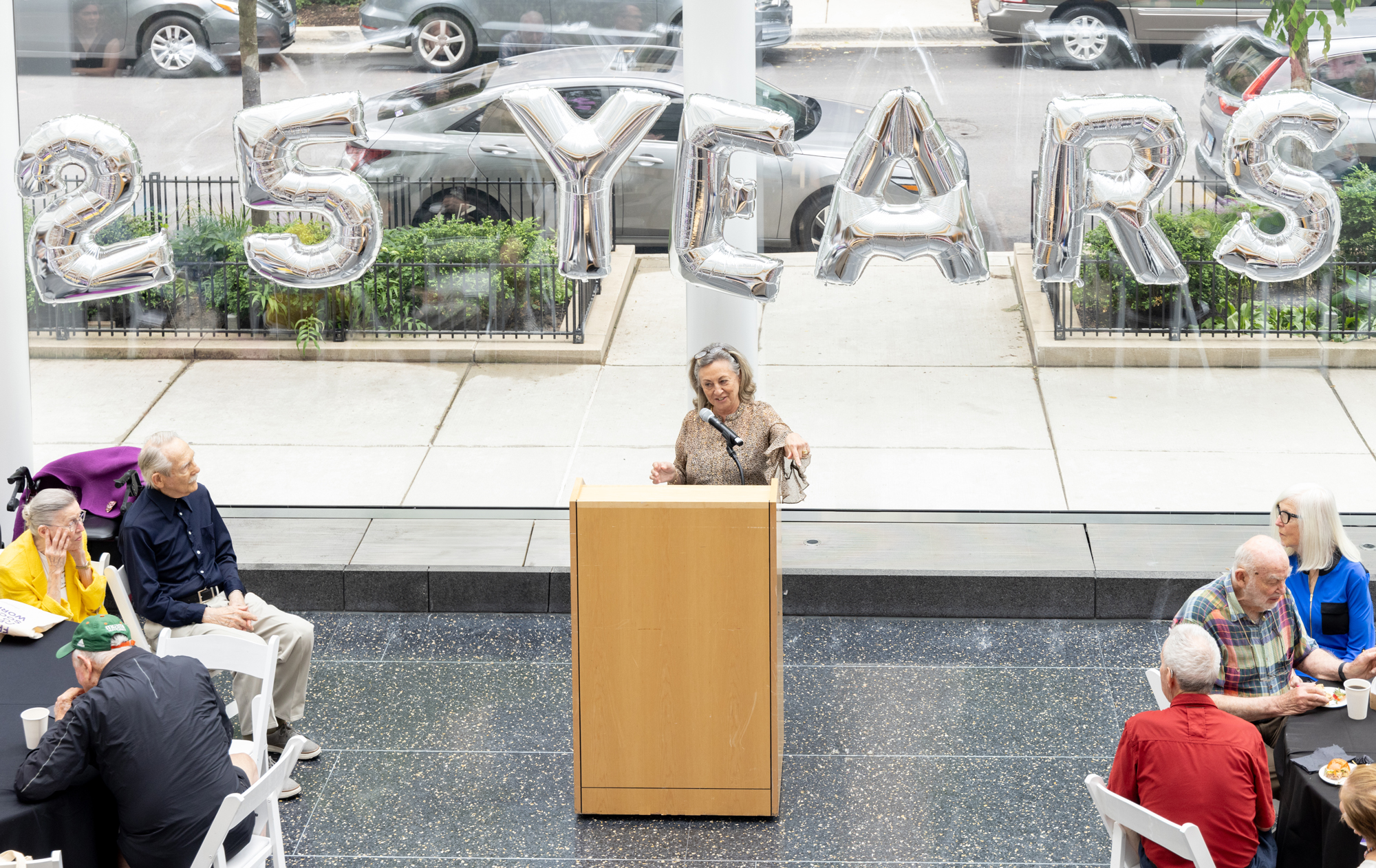 SSandra Weintraub, PhD, welcomes current NUSAP participants and their loved ones to the 25th anniversary celebration on June 5, 2024.
SSandra Weintraub, PhD, welcomes current NUSAP participants and their loved ones to the 25th anniversary celebration on June 5, 2024.
The Northwestern University SuperAging Program “came naturally out of studying brains” said Molly Mather, PhD, assistant professor and clinical neuropsychologist at the Mesulam Center.
A lot came out of the initial question of “how could this [SuperAging] happen,” Mather said.
Ultimately, the question driving the study became: what’s allowing people to be this highly functioning well into their 80s?
Mesulam and Weintraub first saw this phenomenon when studying brains from individuals who had participated in a longitudinal study at the Miami Brain Endowment Bank, in collaboration with its founder, Dr. Deborah Mash.
“We were tracking people who were not having cognitive impairment…,[and] we discovered that we had some…SuperAgers.”
The team defined SuperAgers as people over 80-years-old with extraordinary memory for their age.
“Their memory is at least as good as somebody in their 50s,” Weintraub said. “And some of them have memory like a 20-year-old.”
However, SuperAgers are “not common at all,” and there’s no hard and fast way to become one either, she said.
“Some don’t smoke, some smoke cigars every day, some don’t drink, some drink whiskey every day, some don’t exercise, others exercise,” Weintraub said. “There’s no single pathway to this SuperAging phenomenon.”
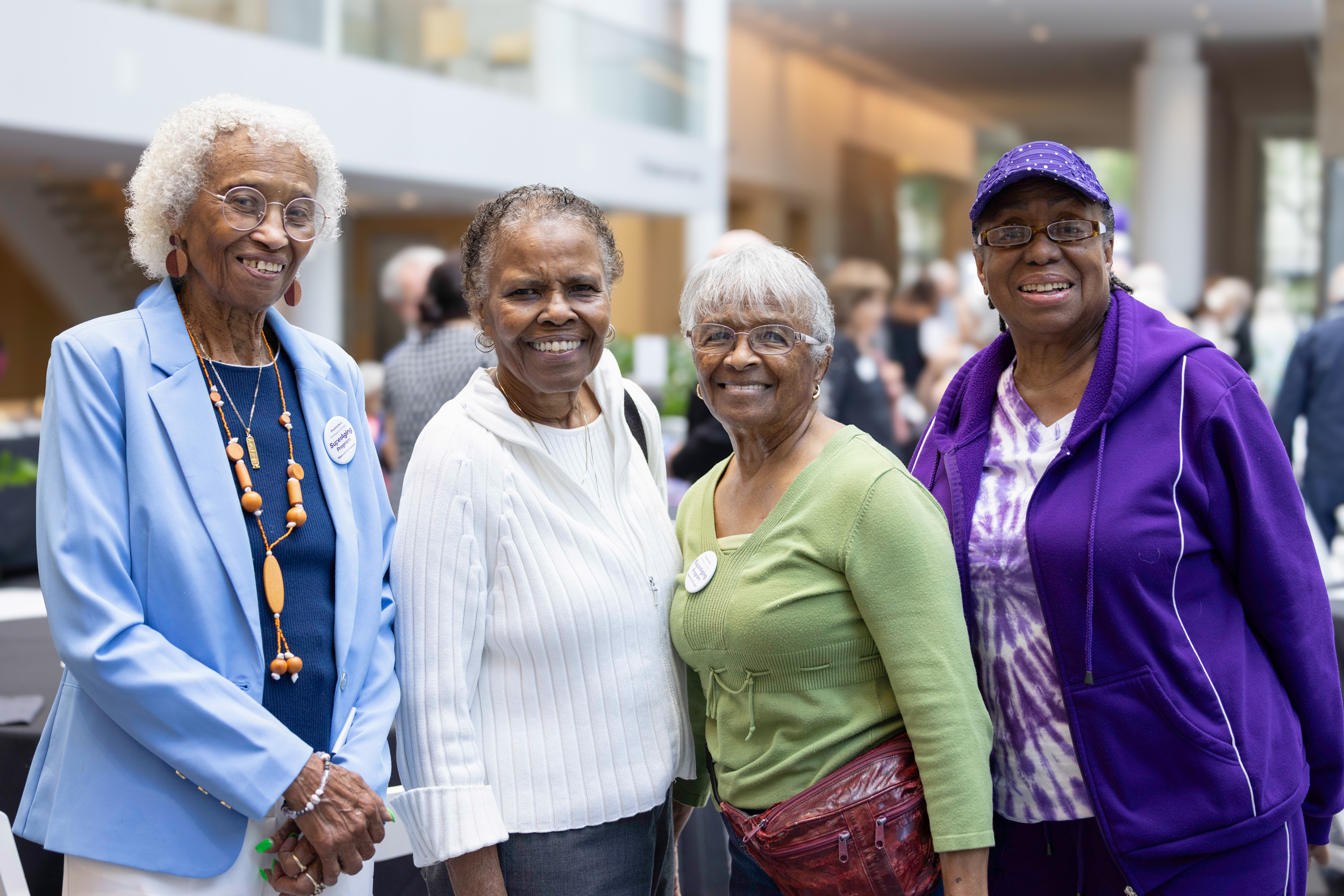
NUSAP participants pose at the 25th anniversary celebration.
There is one thing SuperAgers had in common for sure: they are social.
“One time I was sitting in my office, and my research assistant came running in and said, ‘you're not going to believe this…Mrs. X is doing a handstand in my office,’" Weintraub said.
Moments like these aren’t far and few in between. In fact, The Mesulam Center’s SuperAgers are young at heart.
“They [our SuperAger study participants] said ‘we want to have a party…We want wine, and we want to dance and [have] music,’” said Weintraub remembering the 2013 SuperAgers celebration.
The study is observational and looks at the same variables, through taking blood and doing imaging on their brains, with periodical follow-ups.
Understanding the phenomenon’s biology, through brain donation, is just as important to the study too.
“One big thing we found is that in everybody over 65, no matter how cognitively intact you are, your brain starts manufacturing the Alzheimer proteins — amyloid and tau,” Weintraub said.
Sometimes amyloid and tau buildup led to Alzheimer’s dementia, and other times, like in SuperAging, it was not associated with cognitive impairment at all, she said.
Very high amounts of neurofibrillary tangles, or a buildup of irregularly folded tau protein, one of the two proteins implicated in Alzheimer’s disease, are associated with cognitive decline and dementia.
Some tau buildup is considered typical with age, but no buildup is rare.
Seeing this, the team categorized their findings into two different pathways, Weintraub said.
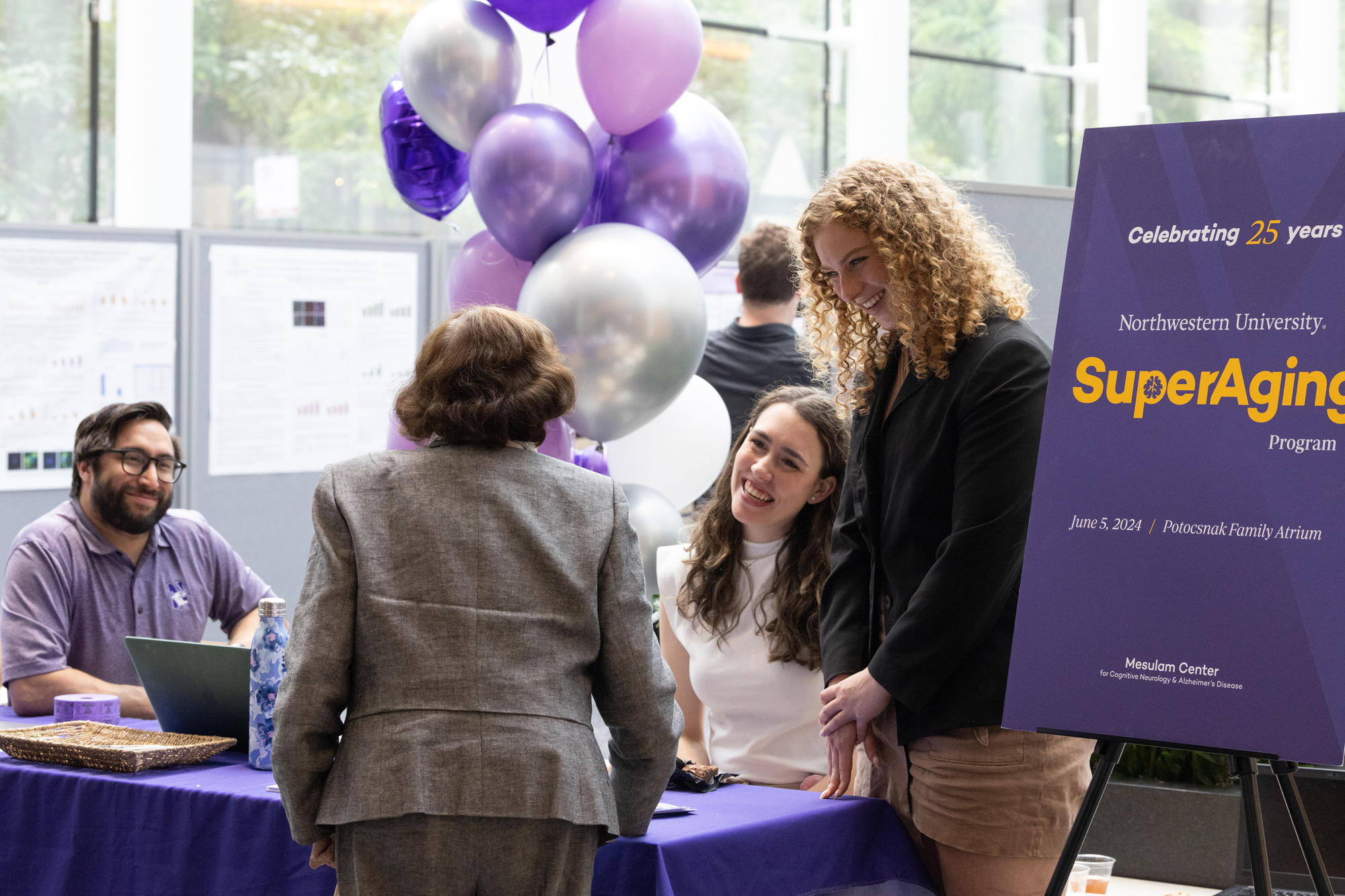
Mesulam Center staff members welcome an attendee to the 25th anniversary celebration.
Some SuperAgers, who don’t manufacture these proteins, show resistance to them. Others produce them, but the proteins’ presence has no impact on cognition. These SuperAgers show resilience to the proteins.
However, people who are protein-resistant are much rarer, Weintraub said.
While the team continues to follow their long-term participants and to recruit new individuals, understanding the mechanisms for this atypical aging pathway is still far away, Mather said.
“We still don’t know why someone might be a SuperAger versus not,” she said. “But I think this is all part of understanding…[the] spectrum of trajectories that you can have with aging.”
Cognition loss is common with age, but it can present in a spectrum of ways.
SuperAging capabilities and dementia diagnoses are extremes at either end of the cognition scale.
“Dementia is just not normal aging,” Weintraub said. “It’s a loss that interferes with your ability to take care of yourself.”
Therefore, understanding how someone behaved at their cognitive peak is relevant to aging outcomes, so the best thing anyone can do is take their well-being into their own hands, Weintraub said.
“Everybody should get their cognition tested when they’re in their 50s, so you have a baseline,” Weintraub said.
“There’s so much to learn from the brains of people who have made it to the point of SuperAgers and are remarkably intact,” Mather said.
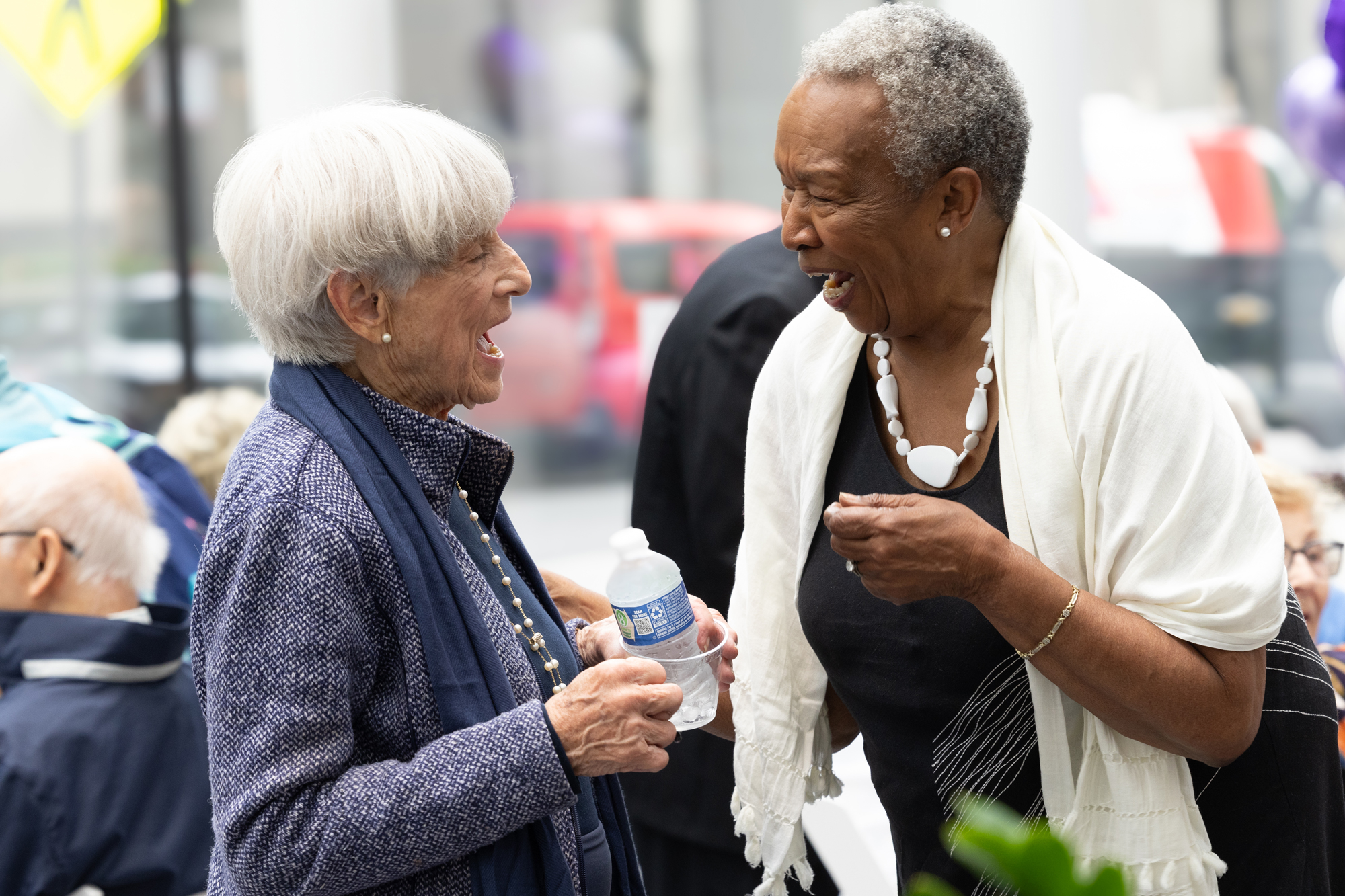
NUSAP participants conversing at the 25th anniversary celebration.
The team is now focusing on recruiting people from different backgrounds to better understand what leads to these different pathways and ultimately cognitive aging.
“There needs to be diversity in the sample because people in different cultures age differently,” Weintraub said. “There’s different beliefs, there’s different support for aging,…[and] socioeconomic factors.
In June of this year, the Mesulam Center hosted a celebration of 25 years of NUSAP this June, honoring the people that keep the study alive. Over 45 SuperAgers were in attendance.
“We wanted to bring people together to thank them, to celebrate their participation, to kiss COVID goodbye,” Weintraub said.
